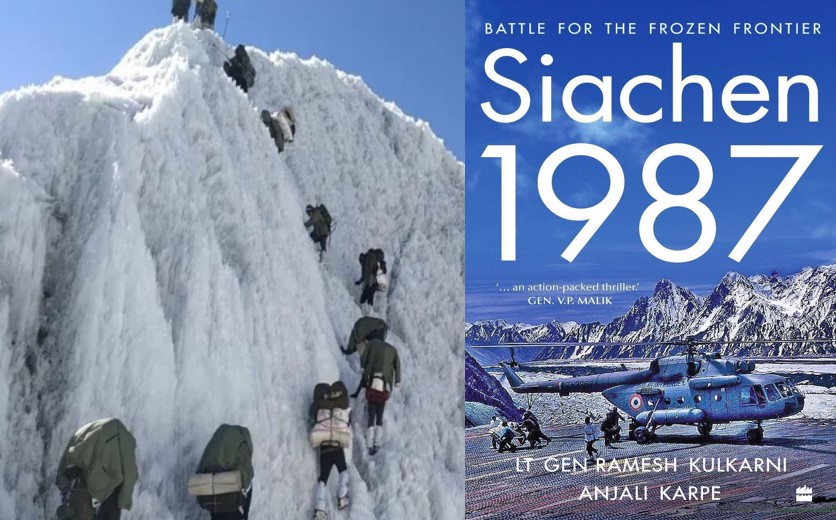
SIACHEN 1987 : A Story Forgotten
 Fri, 10 Mar 2023
| Reading Time: 5 minutes
Fri, 10 Mar 2023
| Reading Time: 5 minutes

Siachen is one of those battlefields from where very little information flows rearwards. Great feats of valour remain buried there, forgotten with nary a memory. Over time a ceasefire has become effective and casualties are primarily by weather and terrain. It’s peaceful there today although the challenges of existence in that environment continue to be as intense as ever. However, from 13 Apr 1984 to 26 Nov 2003 (ceasefire) it remained a high energy contested zone in which victory or defeat hung by a slender thread, the fog of war was intense and logistics a nightmare. Casualty evacuation was a serious challenge and mortal remains of soldiers were given the heart-breaking title P4 (Priority 4), the lowest priority for returning from the snowy heights. Many books have been written on this unique sub conflict but mostly by people who have never served there or felt the grim tension of decision making under pressure which weighs a ton while the head feels woolly due to the low atmospheric pressure. Battles here were fought at heights of 20,000 feet in temperatures which plummet to -60 degree Celsius at times.
Lt Gen Ramesh Kulkarni, former GOC 28 Infantry Division, who commanded the division in its original location at Nimu (Ladakh) in 1987-88 for 22 months has done the strategic community and the armed forces a huge favour by penning this memoir which covers one of the most crucial periods in our standoffs and conflicts with Pakistan, 1987-89. This period is very generically known as the period in which Bana Post was established but mainly by soldiers who serve at the glacier. It has been insufficiently recorded in military literature where it deserves a place, for its uniqueness and the grim challenge which is extremely difficult to perceive. In reality this book needs to be read by one and all for the simple reason that it is the translation of an experience which rarely comes a soldier’s way. General Kulkarni and his daughter Anjali have penned the book almost entirely from memory with son Abhijit chipping in with interpretation of some notes he had taken while witnessing his father under the stress and strain of command. No notes were taken by the author in service nor documents quietly whisked away for private collections. That proves the fact that he had no intention of writing or recounting an experience that is almost 36 years old. It’s a conclave of the General Officers who commanded 28 Infantry Division, held at Delhi where the urge to write on the Division’s Siachen sojourn came. This needs a slight explanation. The 28 Infantry Division is today one of the premier formations deployed in the Kashmir Valley, intensely involved in LoC operations. It was inducted from Nimu (Ladakh) in the aftermath of the initiation of the proxy war by Pakistan. Every year many of its units win high military awards and units receive the Army Chief’s Citation. In the euphoria of its enviable achievements in recent years every one seems to have forgotten one of the most tense periods of the division’s existence, the Siachen sojourn. General Kulkarni rightly guessed that the 28 Infantry Division was unaware of its own history and none had the time to revisit it when it wasn’t easily available. That apparently was the seed for the idea to germinate that a genuine and authentic record of a crucial period of Indian military history about a sensitive sector needed to be written. In the author’s words – “there is no authentic record of the tenacity and grit that our troops displayed under extreme conditions and with the limited resources available to them during this stretch of time”.
By the time General Kulkarni took over the division at Nimu, Operation Meghdoot was already three years old. Interestingly in Jul 1987 just when he assumed command there was another operation being launched at the other end of the subcontinent – Operation Pawan in Sri Lanka. That commenced as a peacekeeping operation but veered off into an out of area counter insurgency campaign. It was obviously perceived in Pakistan as sufficient diversion from Siachen, and an enabling moment for it to undertake operations against the Saltoro Range to evict the Indian Army’s foothold and push it back to lower ground on the Siachen glacier. General Kulkarni’s book is all about the Pakistan Army’s efforts to do just that and the heroic ways in which Indian troops under his command not only neutralized the Pakistani offensive efforts but went on to turn the tables by capturing some very crucial ground at foreboding heights. To add flavour to the theme is the fact that the Pakistani efforts were led by none other than Brig (later General) Parvez Musharaff the commander of the Pakistani SSG Brigade comprising two SSG and one Northern Light Infantry units. It will not be wrong to presume that the failure of Brig Musharaff actually inspired him to occupy the Kargil Heights in 1999. The assumption in launching Kargil 99 was that just like units of 28 Infantry Division succeeded in holding off the attacks in high altitude terrain in Siachen the Pakistanis would similarly hold fast the occupied winter vacated defences of the Indian Army against assaults by the latter.
A well worded Foreword ensures that the context of the book is right. It along with the Note on the Glacier by renown mountaineer Harish Kapadia explains exactly what is needed for an uninitiated person and simultaneously draws the interest of those who have served here. For the latter variety it is fascinating to read about the terrain, enemy and the challenges that brought together for the majority of us. Almost 40 pages take up the composite initiator – Foreword, ‘Note on the Glacier’ and the Introduction but without that the narrative may have been meaningless.
The build up to the assumption of command of 28 Infantry Division is tantalisingly suspenseful. General Kulkarni leads us through some crucial years in which he gained the requisite experience and the confidence of his superiors. It’s the appointment of Maj Gen General Staff (MGGS) HQ Northern Command that gave him the opportunity to serve with Lt Gen Ashok Handoo, the Army Commander. Anyone who knows the latter or his reputation would remember his unquestionable professionalism. It’s from this appointment that General Kulkarni was given the charge of the Siachen Division; a great advantage and ideal for the organisation when a General Officer in command and facing such odds is one who has handled the same while posted on staff.
The General’s description of the battles fought for the heights are par excellence and actually worthy of culling out to be discussed and perhaps taught at different military and civil institutions. Why ‘civil’; simply because what is described in these chapters are instances beyond normal imagination. Even soldiers with sufficient experience will find these fascinating because none may have ever perceived the challenges the way they are presented here. The capture of the Qaid post as part of Op Rajiv and the defence of the shoulders of Bila Fondla, as well as the pass itself makes for fascinating reading. As a reader with experience of the Northern Glacier I had to curb the temptation to commence my reading from Chapter 8.
Rarely have I come across a biographical effort converted to description where the self is relegated so much and human frailties admitted. The weariness, tension, challenges of decision making, fog of war and sheer courage are wonderfully captured. The role of subordinates is highlighted to a great deal and gratitude expressed to all those who required it including the members of the family.
This is not just a book for Army men to read and enjoy but equally it would be enjoyed by many in the corporate world. It’s the simplicity and human aspects which stand out most. For me personally it was a delight to read it since I have known the author and his family for 53 years, being from the same Regiment (The Garhwal Rifles); he was a colleague of my father too. The pleasure of reading the book is doubled because I know the ground extremely well having walked most of the Northern Glacier while in command in 1995.
Disclaimer
The opinions expressed in this article are the author’s own and do not reflect the views of Chanakya Forum. All information provided in this article including timeliness, completeness, accuracy, suitability or validity of information referenced therein, is the sole responsibility of the author. www.chanakyaforum.com does not assume any responsibility for the same.
Chanakya Forum is now on . Click here to join our channel (@ChanakyaForum) and stay updated with the latest headlines and articles.
Important
We work round the clock to bring you the finest articles and updates from around the world. There is a team that works tirelessly to ensure that you have a seamless reading experience. But all this costs money. Please support us so that we keep doing what we do best. Happy Reading
Support Us






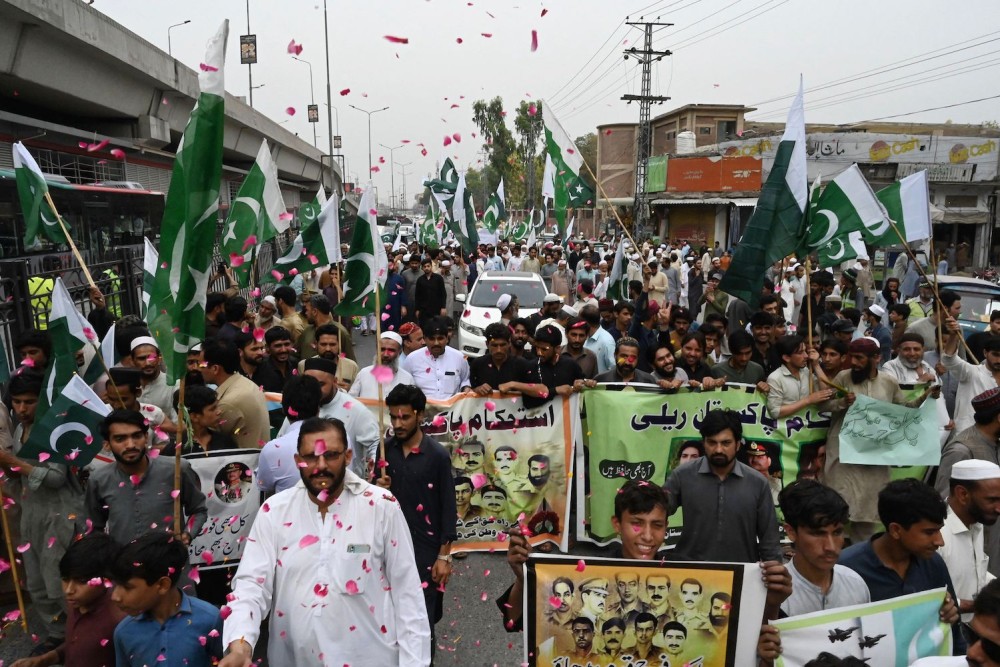
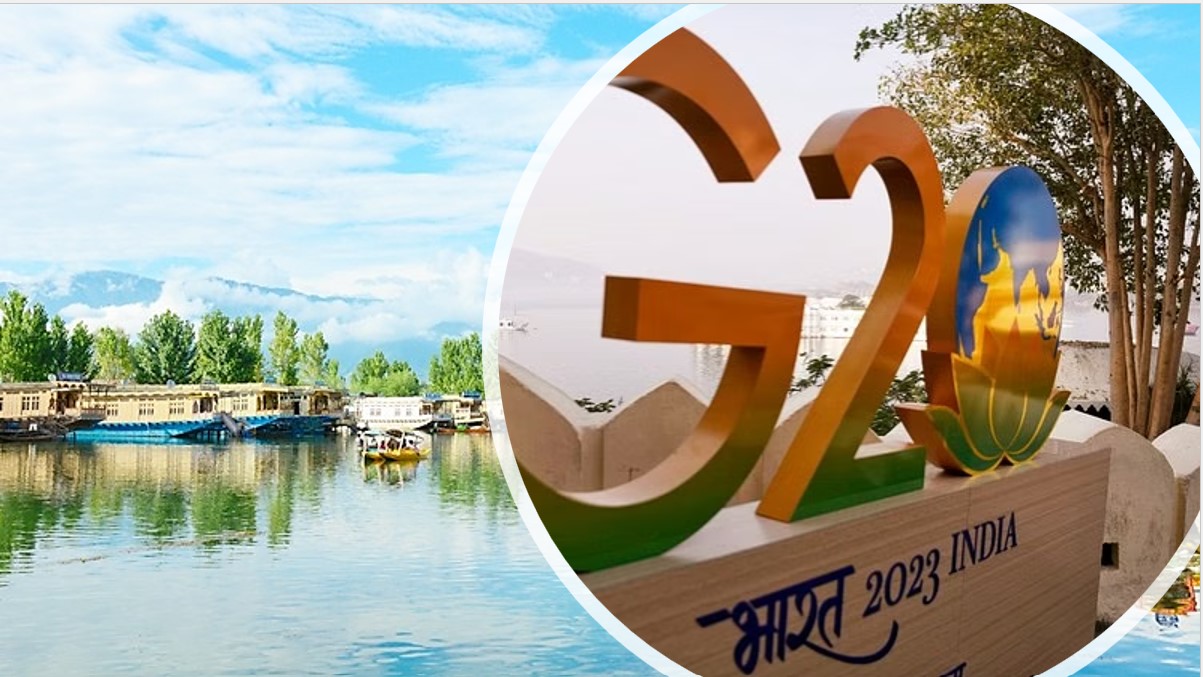
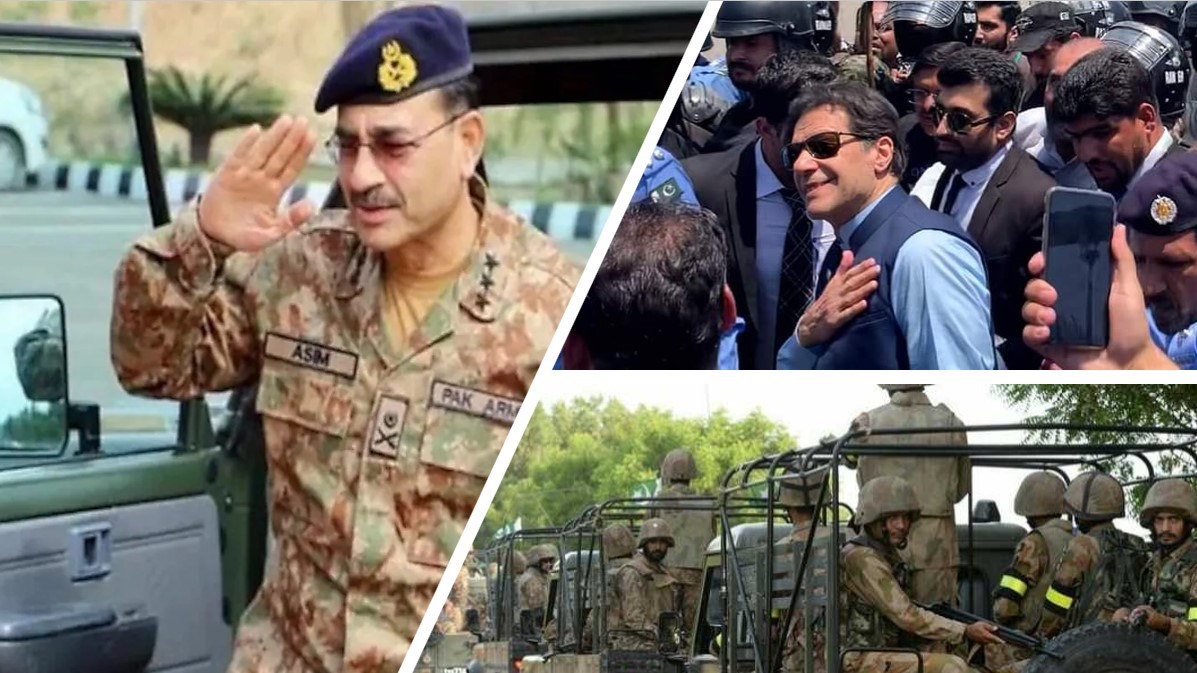
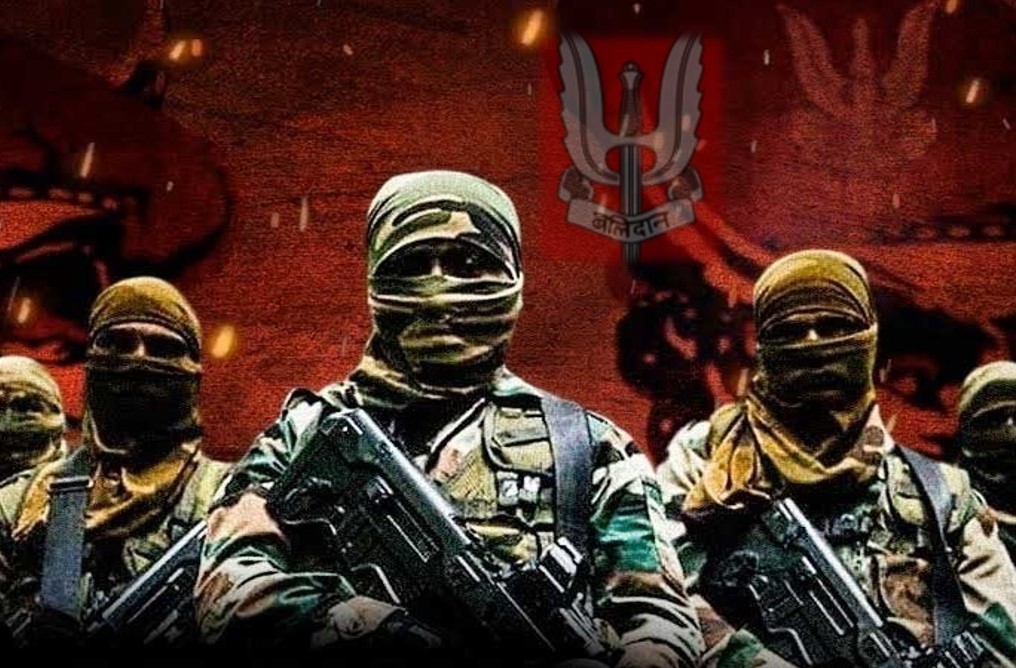
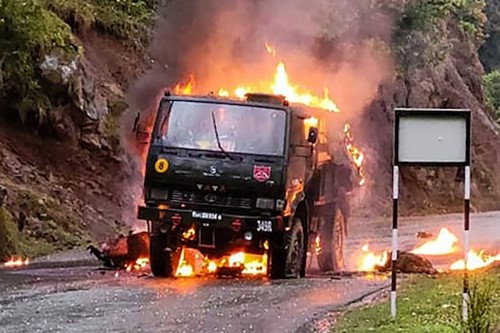
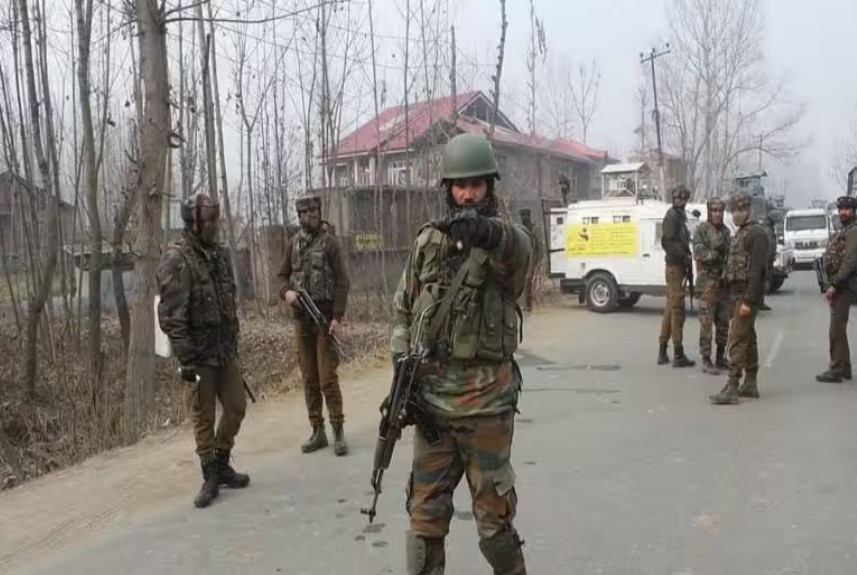
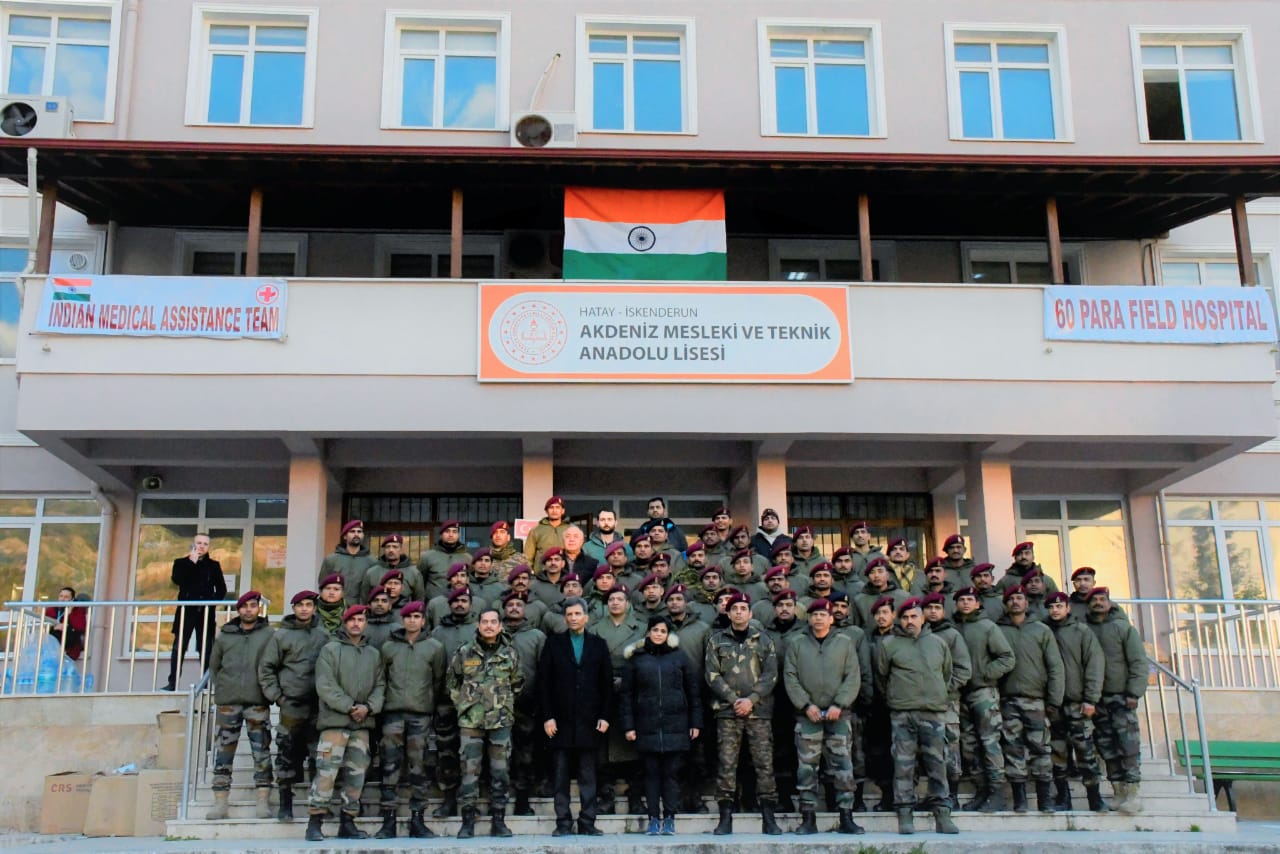

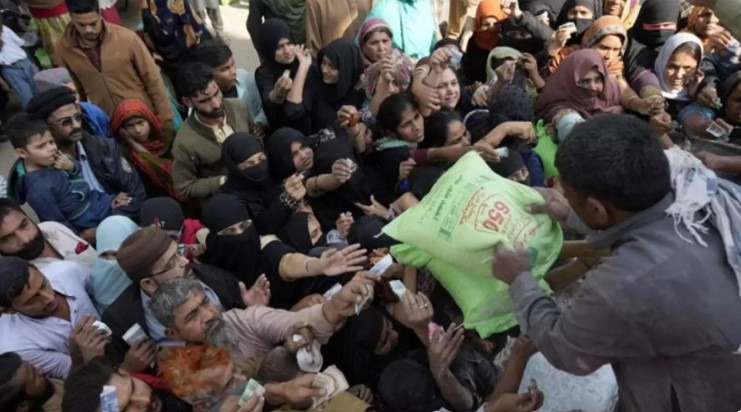






POST COMMENTS (0)